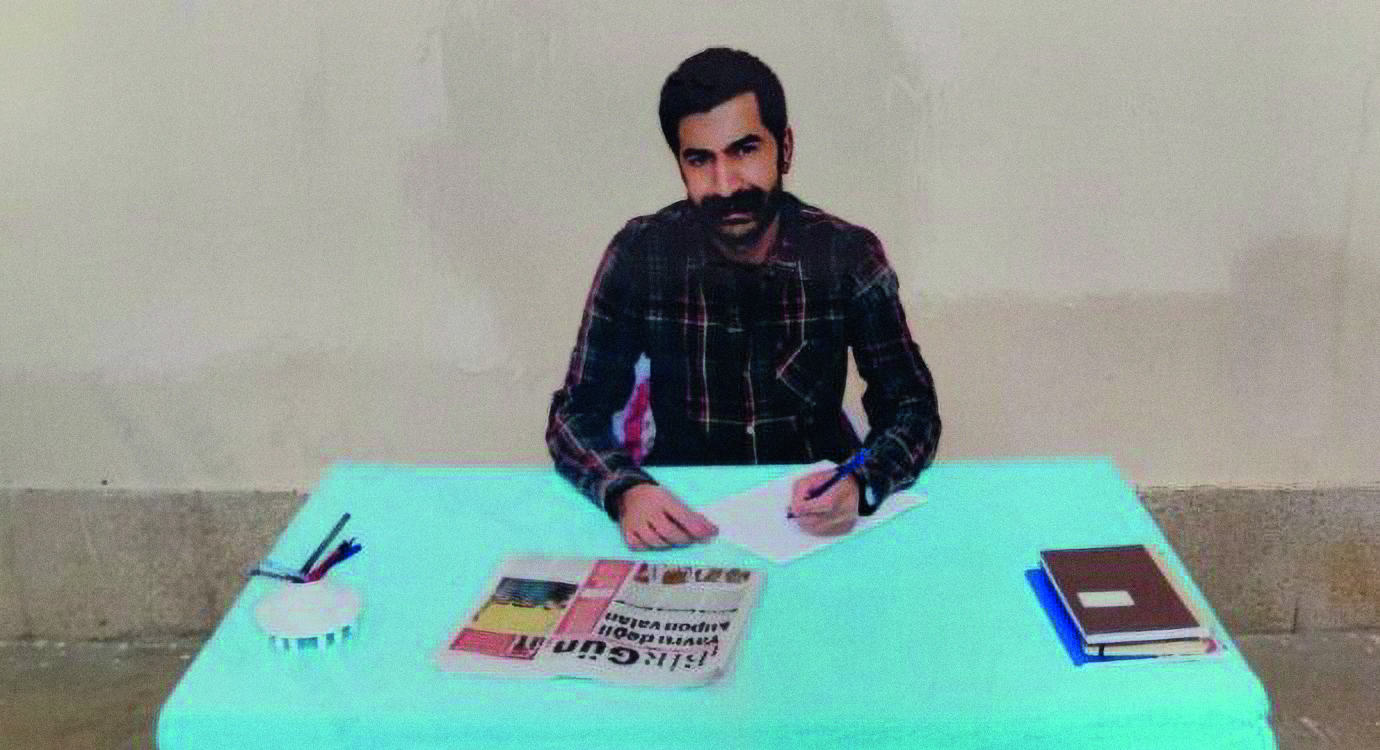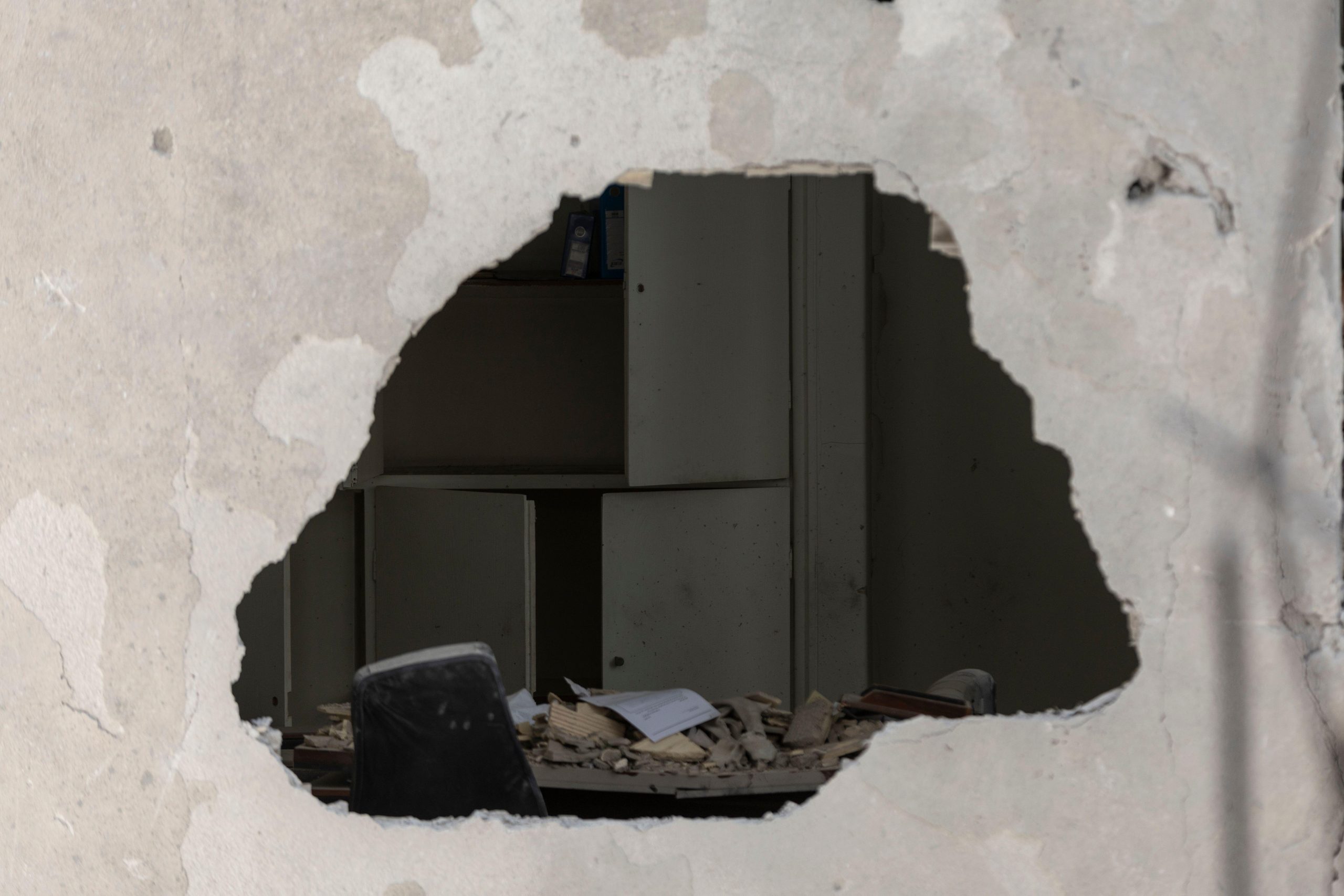
Academic freedom is under attack. Photo: Edwin Andrade
Students should be encouraged to challenge ideas and question the world around them. Higher education is meant to teach us how to think freely, and for ourselves. Unsettling new data published by the Academic Freedom Index proves that this freedom is under threat. The report finds that academic freedom is in decline for over 50 percent of the world’s population and that many people on campuses worldwide have significantly less freedom today than they did ten years ago. In the past decade, academic freedom has improved in only a handful of countries, affecting just 0.7% of the world’s population. The most populous of these countries is Uzbekistan, a closed autocracy in which universities and scholars still face severe limitations, such as the government’s control over contacts between universities or scholars and foreign entities.
AFI’s data signals a decline across all regions and all region types. Our own ranking, the recently published Index Index, a project that uses innovative machine learning techniques to map the free expression landscape across the globe, shows just how this plays out on a country-by-country basis. Some obvious patterns can be drawn. Dwindling academic freedom clearly correlates to the deterioration of democracy in countries such as Poland, Hungary, Russia and Belarus. Political developments, including military coups in countries such as Myanmar and Afghanistan, have coincided with severe declines in academic freedom. In December 2022, the latter saw a ban by the Taliban on women and girls attending universities, a ruling that illustrates how academic freedom extends beyond what is taught on campuses and delineates one’s freedom to simply exist within academic spaces.
That said, the data shows that declines in academic freedom worldwide have occurred in different political settings and do not always follow the same pattern. Liberal democracies such as the United States of America and the United Kingdom are among the countries under which freedom is proven to be under threat. The AFI attributes this to ‘differences between individual and institutional dimensions of academic freedom’. This demarcates the difference between the freedom of an individual to teach, research and communicate freely and an institution’s autonomy and freedom to operate without government regulation. The AFI report gives a number of examples showing how disaggregation has occurred.
China, for instance, has witnessed a decrease in institutional academic freedom since 2010, when the State Council launched a ten-year strategy for education reform. Chinese universities have since remained in a subordinate position to the party-state, with universities that maintain leadership and management systems controlled by the university’s party committee. The party sets the boundaries of permissible research, exchange, and academics’ public speech. This system facilitated a serious decline in the freedoms enjoyed by academics under President Xi Jinping who has consolidated and centralised power, reestablished the party’s control over information, education and media, and made censorship in China a fact of life. Moreover, the draconian National Security Law enacted in Beijing in 2020 has exacerbated pressure on academic freedom.
The United States, however, presents an altogether different picture. Despite being lauded as a bastion of free expression, the US has seen a visible decline in academic freedom since 2021. This is because educational matters in the USA are largely regulated by individual states, which have increasingly used their authority to interfere in academic affairs. Several Republican-led states have adopted bills that ban the teaching of concepts related to “critical race theory” in universities. Conservative groups have lobbied state legislatures in attempts to withdraw funding from subjects such as gender, minority studies, and environmental science. Some institutions have introduced self-censoring measures following abortion bans to avoid persecution by state governments. In September 2022, Idaho’s flagship university curtailed individual academic freedom by blocking staff from discussing abortion or emergency contraception on campus.
Mexico’s government, led by Andrés Manuel López Obrador, has weakened institutional autonomy by regularly appointing university directors, often resulting in student protests. Attacks on (predominantly female) students, protests against these harassments, and a drug war fought on university campuses has also fuelled a decline in campus integrity, university safety and academic freedom.
The underwhelming glimpse of hope that emerges from this year’s findings (compared with 2022) is that the number of countries with improvements in academic freedom grew from two to five. Overall, the data signals a shift toward a less free world, in a worse state than it was 10 years ago. It’s a tough pill to swallow.





